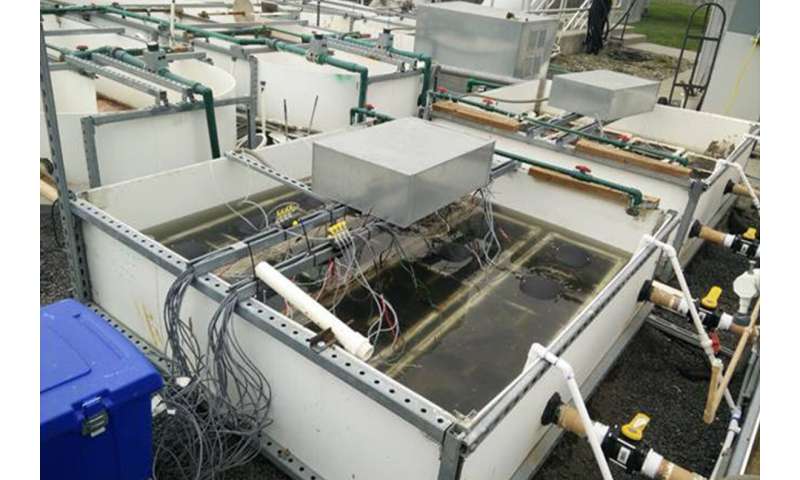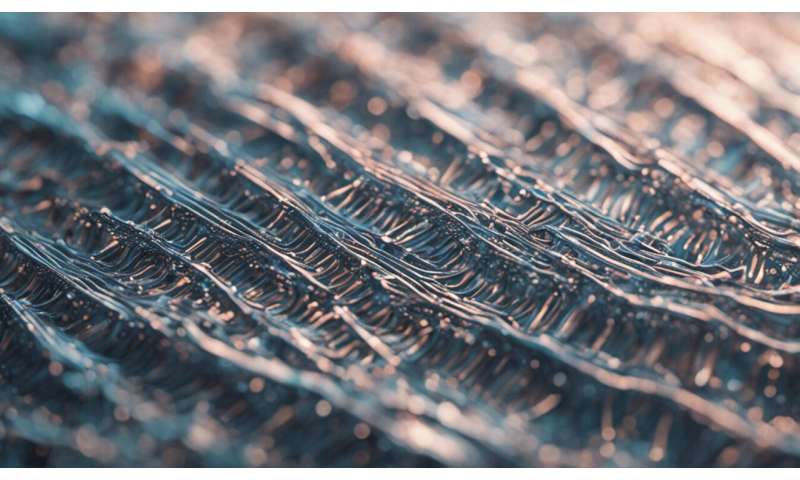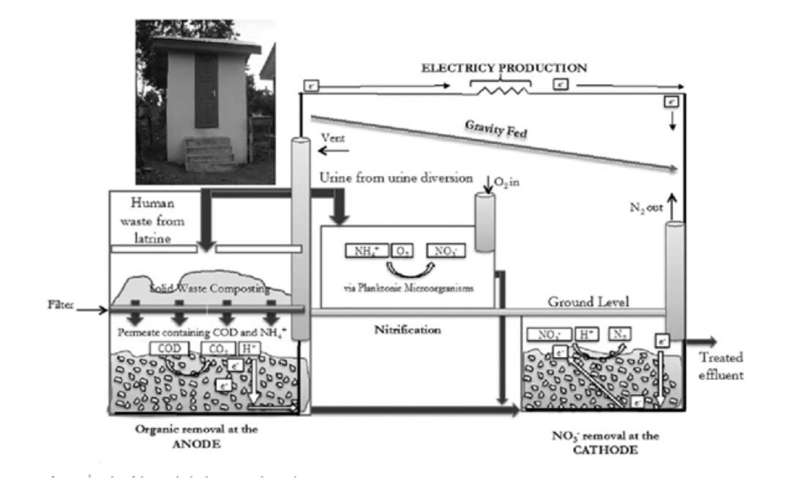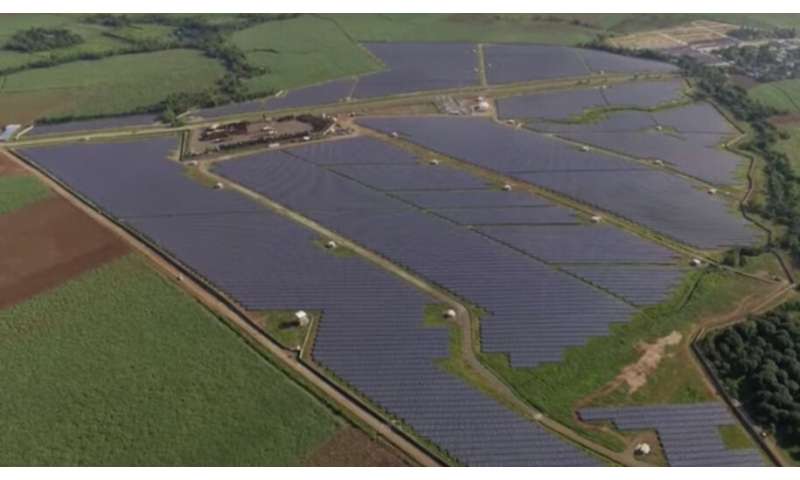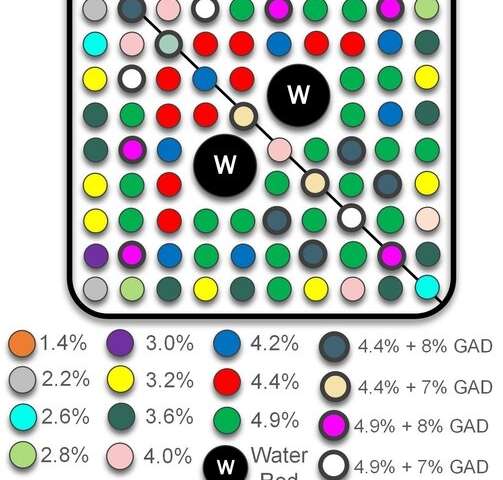Regina Food Bank in need of cash donations as it sees more first-time users, fewer volunteers

© Matt Duguid/CBC
The Regina Food Bank has given out 60 per cent more food this year compared to last year.
The Regina Food Bank is "getting squeezed on all sides", according to its CEO John Bailey.
The food bank has given out 60 per cent more food this year compared to last year, according to Bailey, but it has fewer resources to handle the increase.
He said the food bank is seeing 30 per cent more first-time users and many of them are depending on the food bank for longer than expected.
In addition, the food bank has had to make some adjustments due to COVID-19 protocols.
Bailey said his food bank has spent $100,000 on boxes alone to make pick-ups and deliveries safer, and there is also the added expense of masks and other PPE supplies.
There are also fewer volunteers due to pandemic-related reasons, which means more money has to be spent paying employees.
"It honestly feels like you're sort of getting squeezed on all sides," he said.
The Regina Food Bank is "getting squeezed on all sides", according to its CEO John Bailey.
The food bank has given out 60 per cent more food this year compared to last year, according to Bailey, but it has fewer resources to handle the increase.
He said the food bank is seeing 30 per cent more first-time users and many of them are depending on the food bank for longer than expected.
In addition, the food bank has had to make some adjustments due to COVID-19 protocols.
Bailey said his food bank has spent $100,000 on boxes alone to make pick-ups and deliveries safer, and there is also the added expense of masks and other PPE supplies.
There are also fewer volunteers due to pandemic-related reasons, which means more money has to be spent paying employees.
"It honestly feels like you're sort of getting squeezed on all sides," he said.

© Matt Duguid/CBC John Bailey, CEO of the Regina Food Bank, said the food bank is need of monetary donations as it deals with more clients and fewer volunteers.
Uncertain future
The food bank is also dealing with its holiday demand, sending out hundreds of the usual food hampers on top of 2,600 Christmas meals.
But it's not just the pandemic and holiday season that Bailey is concerned about, it's the next few years as well.
"It's a time of pretty significant uncertainty, in terms of what the future brings," he said.
To help with increased costs and demand, the food bank is asking for cash donations from residents or businesses.
"The challenge now is making sure we have the dollars to pay for the stuff we purchase to make sure we get it in the community," he said.
"There's still a rush on the funds end of things, but the food piece we're in pretty good shape on," Bailey said.
More people losing jobs
He said there are ongoing systemic challenges leading to the increased demand, but he believes it's also because people are either permanently or temporarily losing their jobs because of the pandemic.
"There's no, sort of, really tight demographic [or] sociographic you can point to. A lot of people are fully employed, some of them have multiple jobs, and are just at that level of food insecurity
"There's, sort of, a really immediate need of making sure there's food in people's hands."
He said the food bank has been preparing for dire case situations, like if the demand continues to spike next year.
"We're in it for the long haul here and everything we're doing now is, yes, getting over that hurdle of the busy time of year, but also making sure we're set up going forward," he said.
The federal government has tried to ease some financial pressure food banks are facing by providing $200 million through an emergency food security fund, much of it going to food banks
However, Bailey says food banks will continue to need cash donations.
"No food bank wants to be bigger, but every food bank wants to make sure that they're meeting the needs of their community. Right now, the needs of our community are probably greater than they've ever been."





